Museum of Islamic Art
- Viewed - 133
Description
The Museum of Islamic Art (MIA) is a museum located on one end of Doha’s seven-kilometer-long (4.3-mile) Corniche. The museum is built to the designs of architect I. M. Pei on an island off an artificial projecting peninsula near the ancient dhow harbor. A purpose-built park surrounds the structure on its eastern and southern faces, and two bridges connect the property’s southern front façade to the main peninsula that houses the park. The port, which depicts Qatar’s maritime history, is visible on the western and northern facades. Julia Gonnella was named as the new director of the MIA by Qatar Museums in September 2017.
The museum is home to the IDAM restaurant, which is directed by head chef Alain Ducasse. The menu is influenced by French Mediterranean cuisine. IDAM also provides master seminars in the preparation of artisanal bread and raw foods. The museum includes a garden, seminars for schools and the general public, and a library with information on Islamic arts in both English and Arabic. There are additionally nine study spaces in the library.
The museum is influenced by historic Islamic architecture but has a distinctively contemporary style that incorporates geometric motifs. It is the first of its type in the Arab States of the Persian Gulf, displaying over 14 centuries of Islamic art.
The museum, which covers an area of 45,000 m2 (480,000 sq ft), is located on an artificial peninsula overlooking the south end of Doha Bay. Baytur Construction, a Turkish business, constructed the building in 2006. Wilmotte Associates collaborated on the interior gallery spaces. Sheikh Hamad, Qatar’s then-emir, inaugurated the museum on November 22, 2008. It first opened to the public on December 8, 2008. I. M. Pei, the museum’s architect, had to be enticed out of retirement at the age of 91 to take on this project. He spent six months traveling across the Muslim world learning about Muslim architecture and history, as well as reading Muslim literature for inspiration for his design. The inspiration, according to Pei, was the light fountain at Cairo’s 9th century Ibn Tulun Mosque.
After rejecting all recommended locations for the museum, he proposed a stand-alone island for the construction to minimize potential encroachment by other buildings. It was erected on an artificial peninsula about 60 meters (200 feet) off the Doha Corniche and is surrounded by a 290,000 m2 (3,100,000 sq ft) park. Pei requested that the museum spaces be designed by Wilmotte & Associates, his collaborator on the Louvre project, who then assembled a design team under Turner Projacs that included Plowden & Smith (conservation consultants), Isometrix Lighting + Design (lighting consultants), and SG Conseil (AV Consultants). Leslie E. Robertson Associates served as the project’s structural engineer alongside this design team.
The five levels, the main dome, and the central tower comprise the main building. A huge central court connects it to the education ward. Pei used creamy limestone for the outside façade to accentuate the changing hues at different times of day. A glass facade to the north covers the five storeys, providing a panoramic view of the Persian Gulf. The interior of the building is ornamented with numerous Islamic arts, including a big metallic chandelier placed over the lobby’s main staircase. Many of the features found in the Ibn Tulun Mosque are depicted as abstract forms in the construction. This permits compliance with the ideals and ideas of the historical postmodern architecture trend, which synchronizes modernity with historical Islamic architectural identity.
MIA Collection
Ceramics
Ceramics have long been an important aspect of everyday life in the Islamic world, from simple kitchenware to complex tile panels.
Glass
The MIA’s collection has some of the most well-known works of Islamic glass, ranging from delicate early pieces to brilliantly colored mosque lights, goblets, and medieval vases.
Manuscripts
MIA’s collection has around 800 manuscripts ranging from Qur’ans from the 7th century to Ottoman literature from the 19th century. The legendary Abbasid Blue Qur’an is one of the best and rarest manuscripts in Islamic history, and the museum includes two of just five known pages from the Timurid Baysunghur Qur’an, the world’s biggest Qur’an.
In addition to the Qu’rans, the MIA has texts on science, literature, and religious issues.
Metalwork
The collection showcases the greatest quality metalwork of the Islamic world from the 7th century to current times, ranging from guns and armour to scientific equipment and home artifacts.
Textiles
MIA’s textile collection has some of the best specimens of carpets, garments, and a wide range of materials manufactured for the Islamic world’s elite.
MIA Library
Specialist literature on Islamic art, art reference books, museum collection and exhibition catalogues and monographs, research journals on art and allied fields, and auction house catalogues comprise the collection. We have books in English, Arabic, and a variety of other languages. The library’s books cannot be borrowed or taken out.
MIA Library has a large variety of children’s materials, including as tales, art history, art activities, culture, history, science, and general reference books.
A free copier/scanner is available. Please request assistance in copying items to avoid harm. It is not permitted to copy or scan protected materials.
Photographing a limited number of pages in a book using a digital camera without flash may be authorized. On request, museum employees may be able to supply images.
The library provides free wifi.
Working Hours
- Monday 9:00 AM - 7:00 PM
- Tuesday 9:00 AM - 7:00 PM
- Wednesday 9:00 AM - 7:00 PM
- Thursday 9:00 AM - 7:00 PM
- Friday 1:30 PM - 7:00 PM
- Saturday 9:00 AM - 7:00 PM
- Sunday 9:00 AM - 7:00 PM
Location / Contacts
- Address : 7GWQ+6M7, Doha, Qatar
- Phone : +97444224444
- Website : https://mia.org.qa/en/
Similar Listings
Nearby Restaurants
-
La Piazza – Souq Waqif Boutique
Distance: 0.99 km
Nearby Sights & Landmarks
-
Qatar Museums Gallery Al Riwaq
Distance: 0.48 km

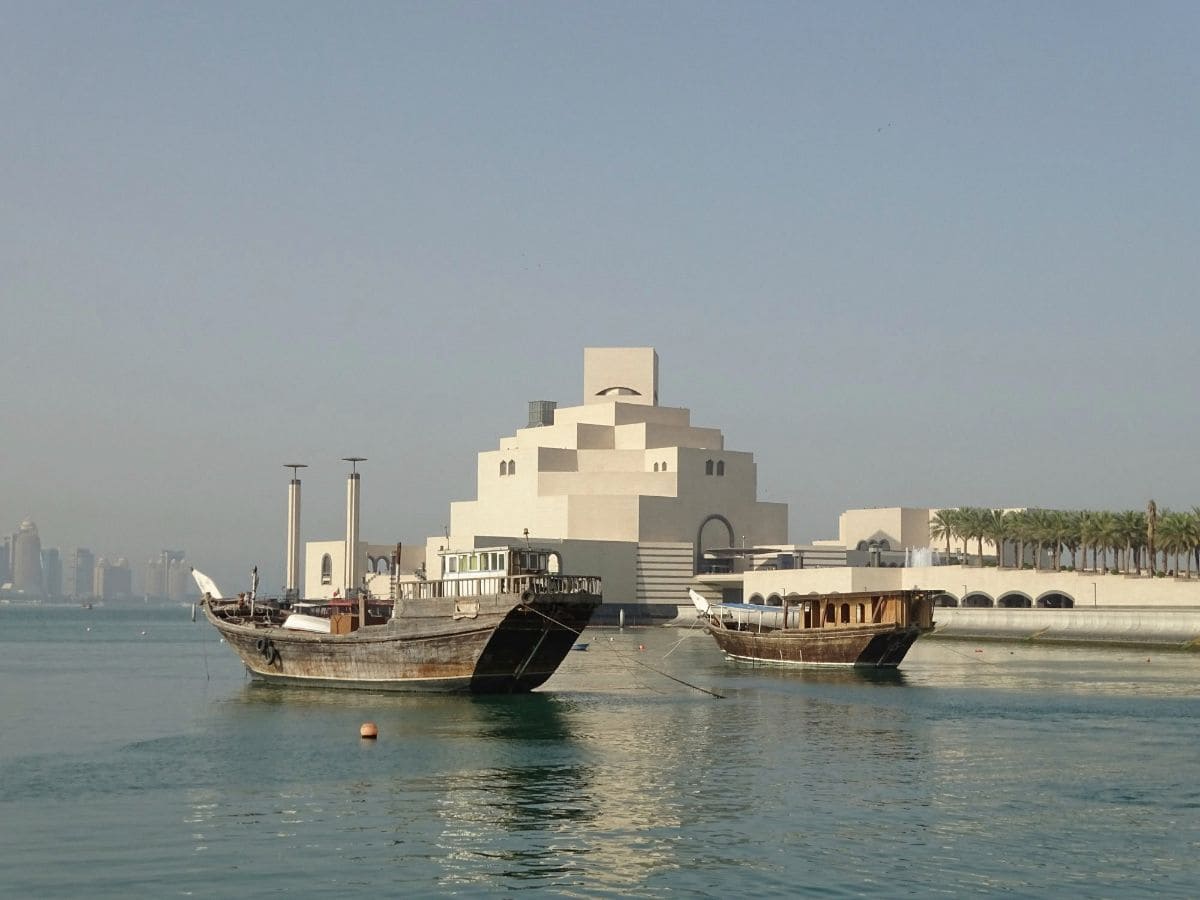
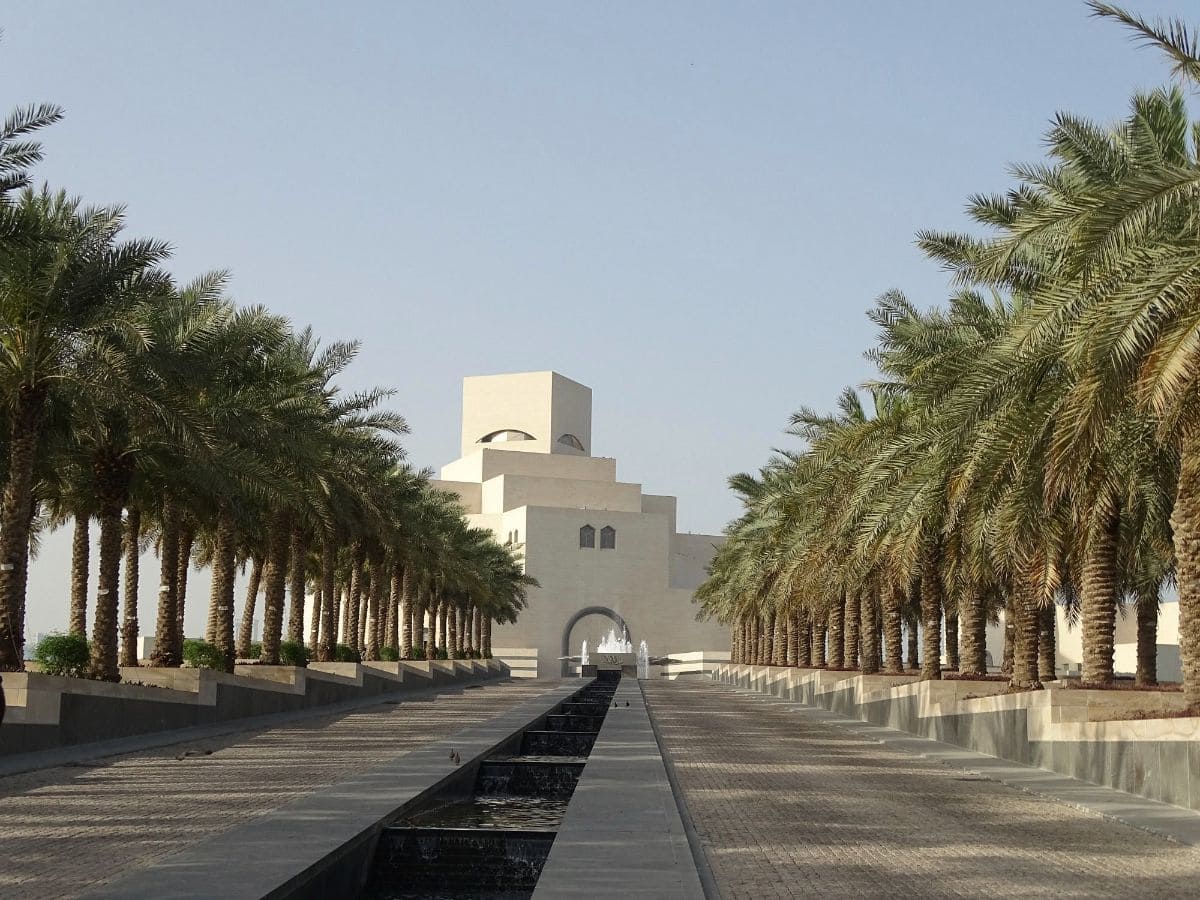
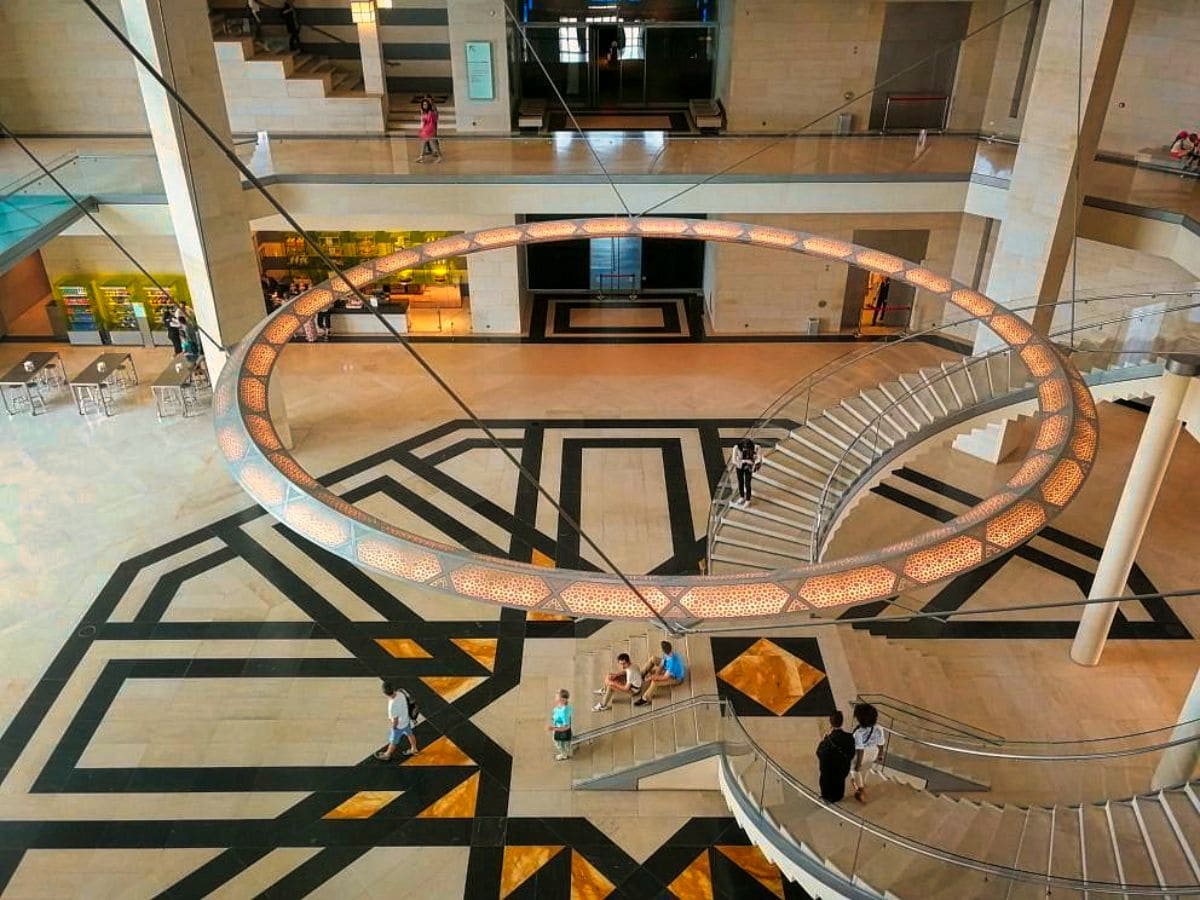
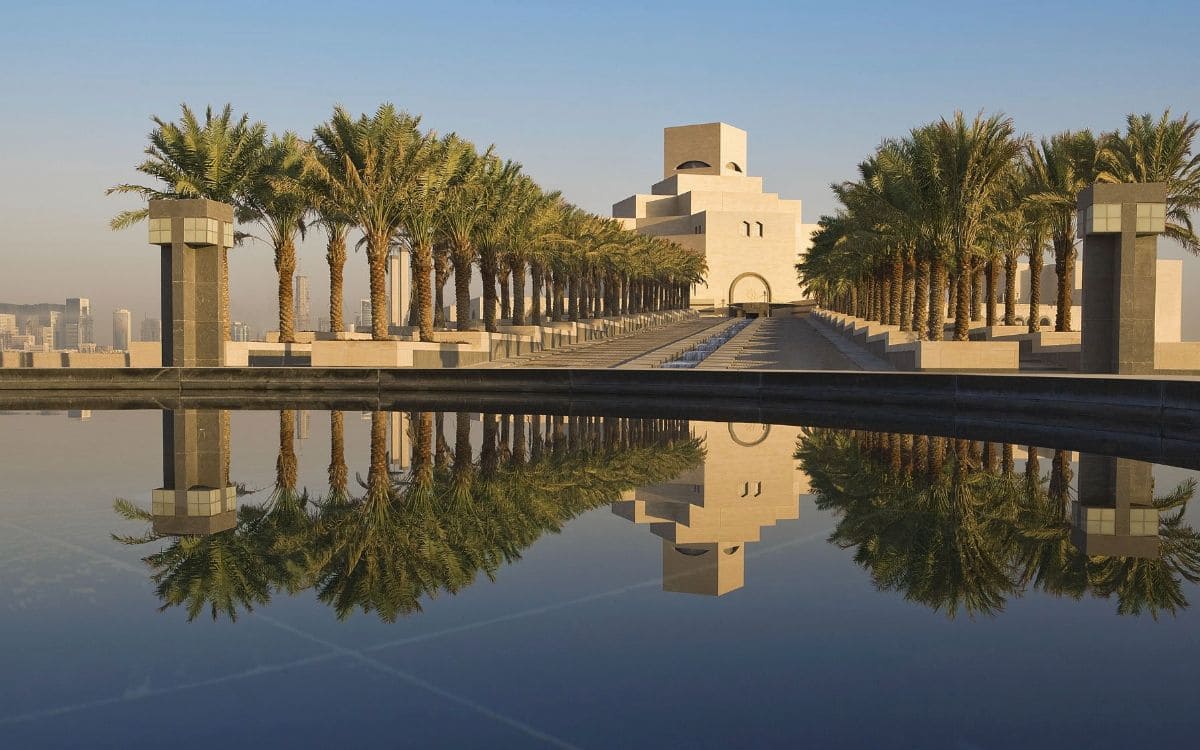
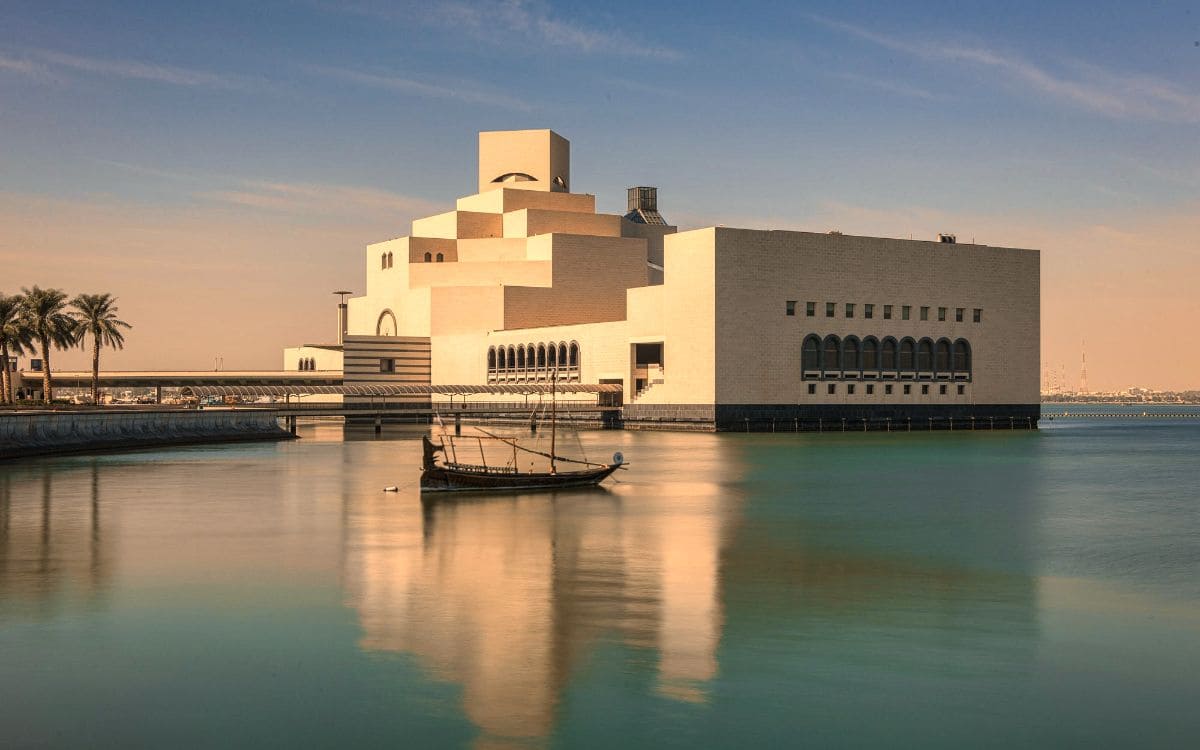
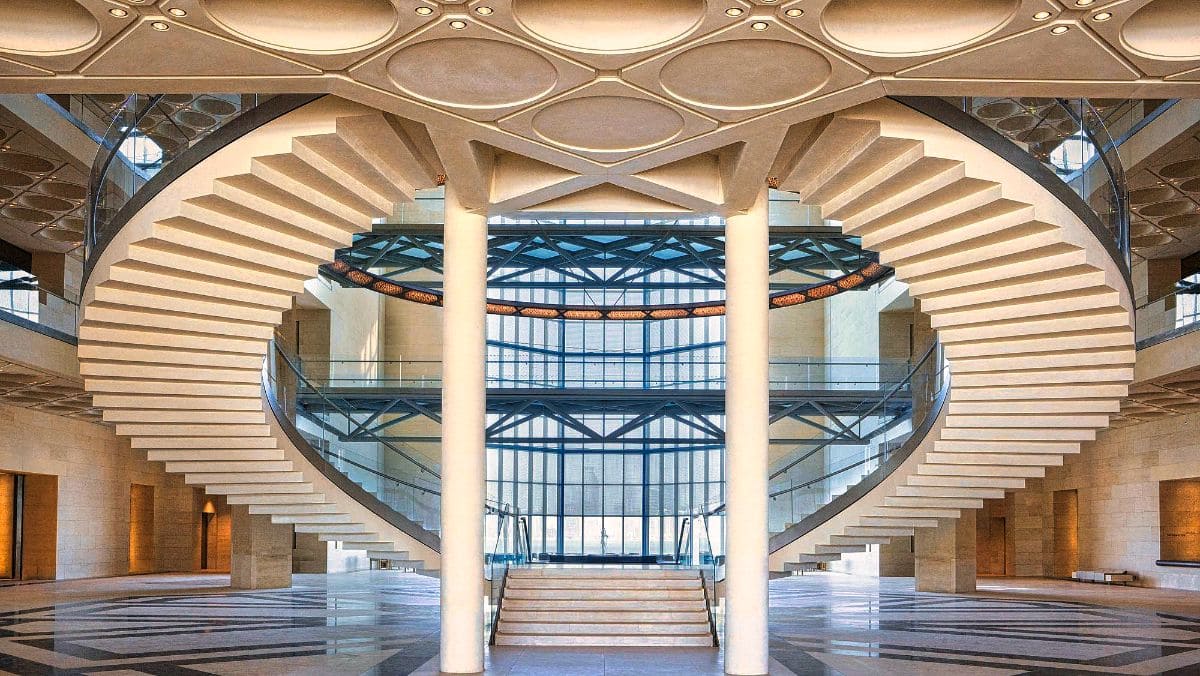
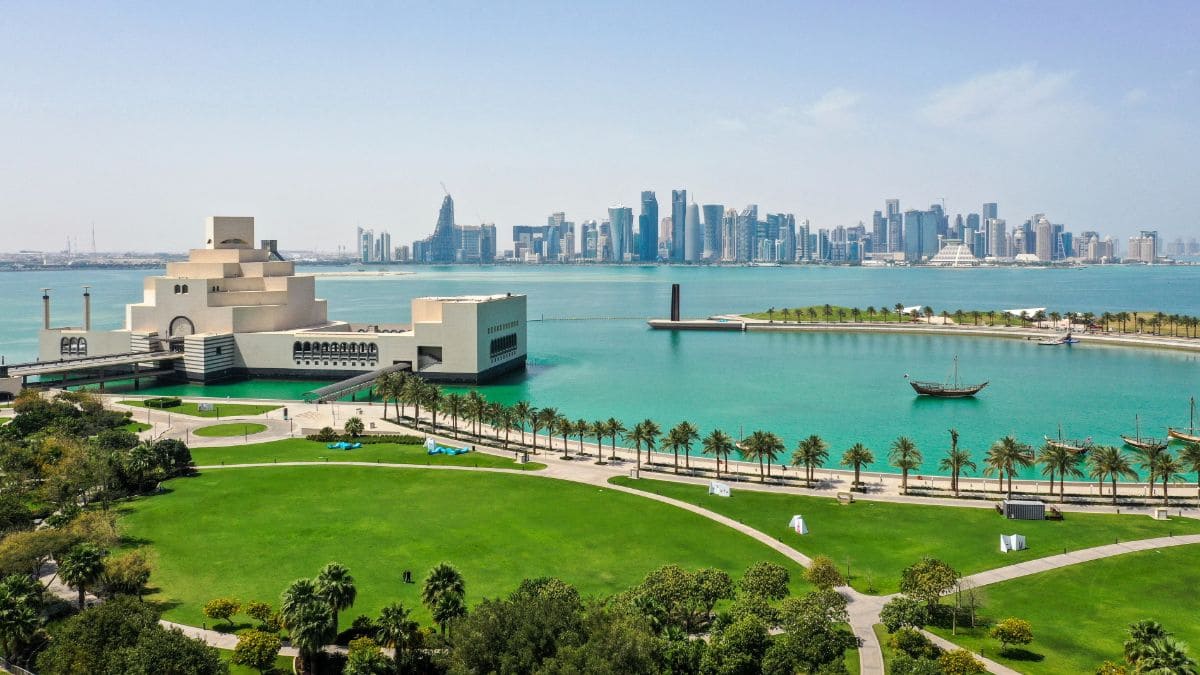

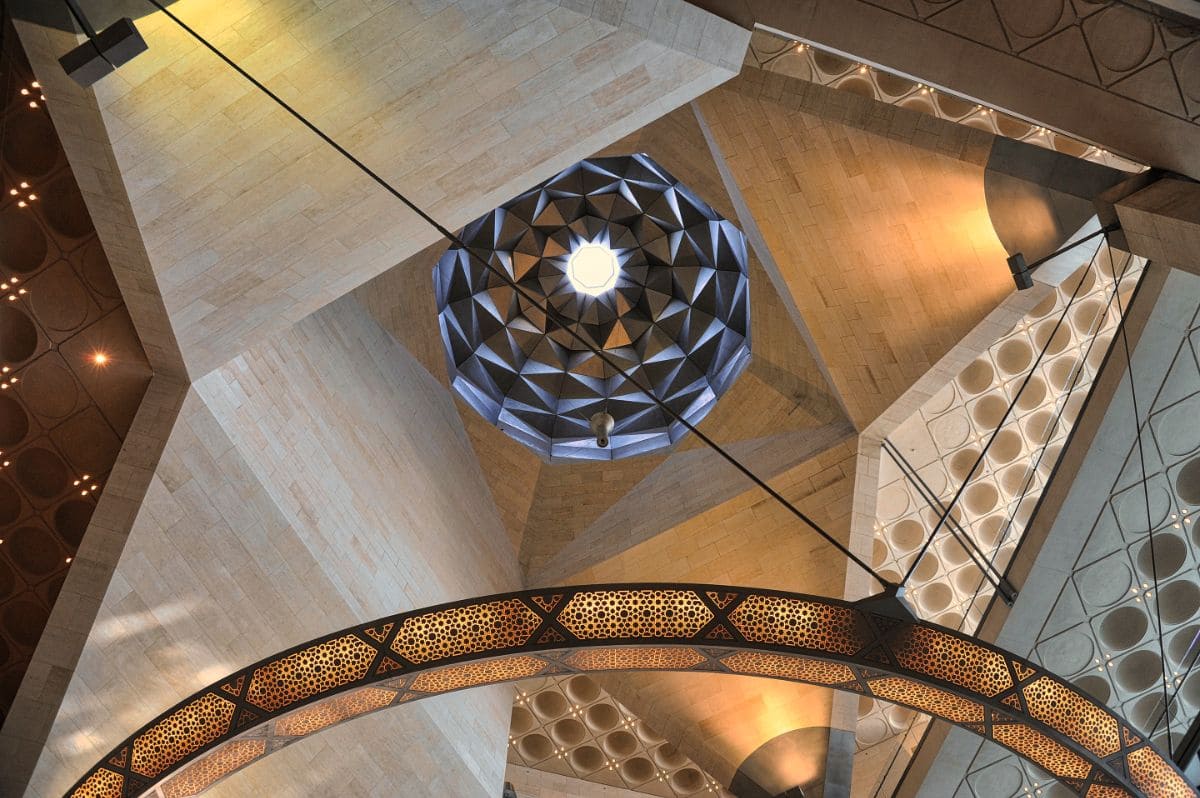

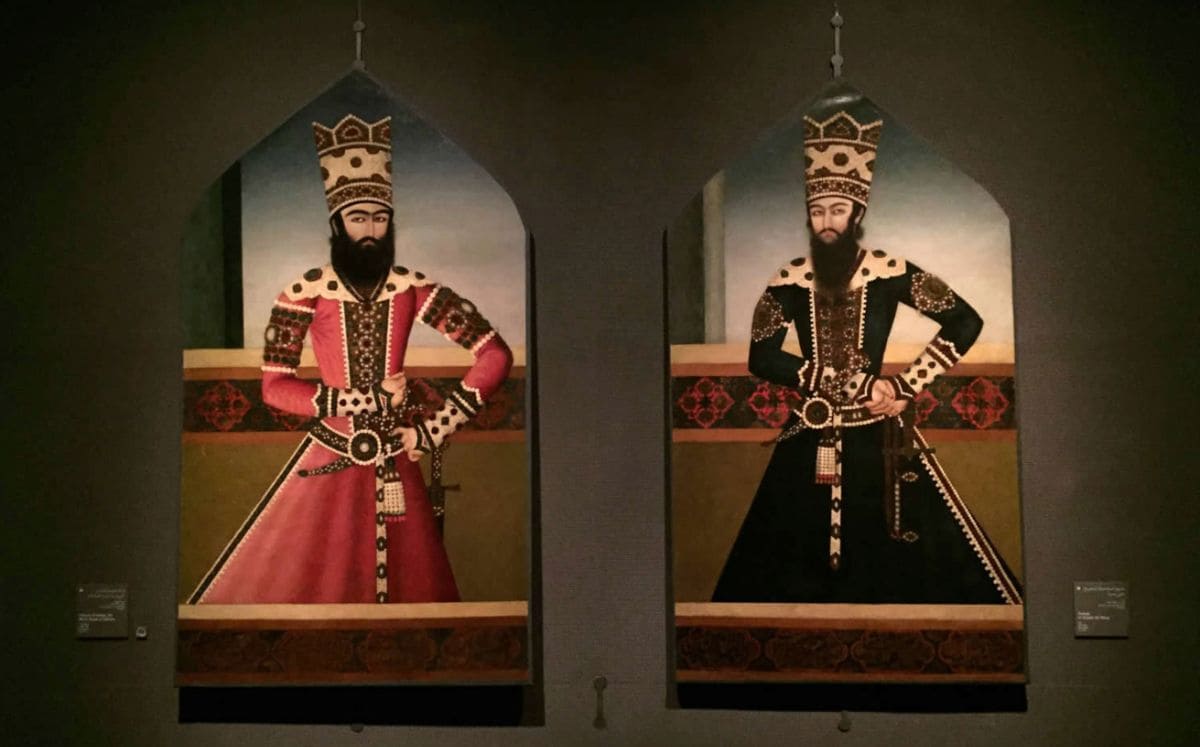
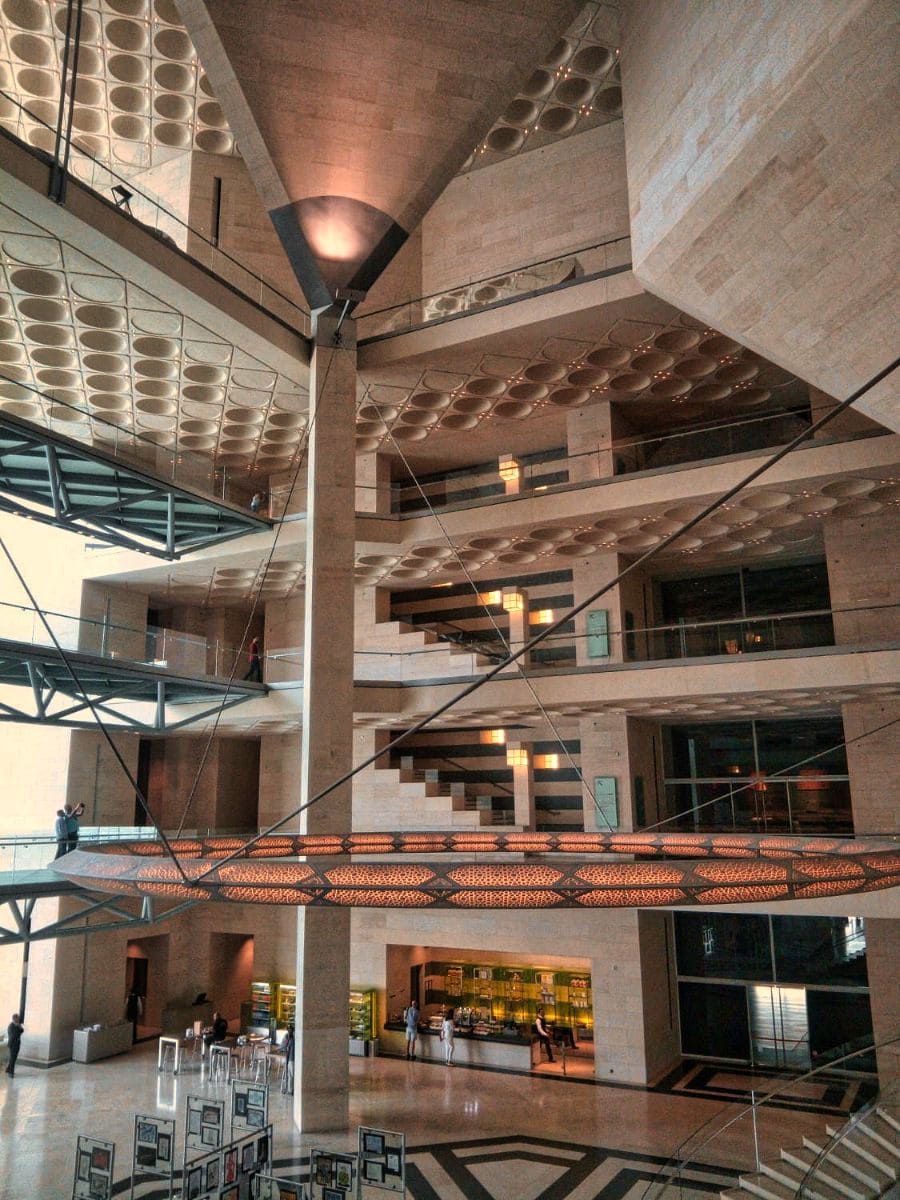
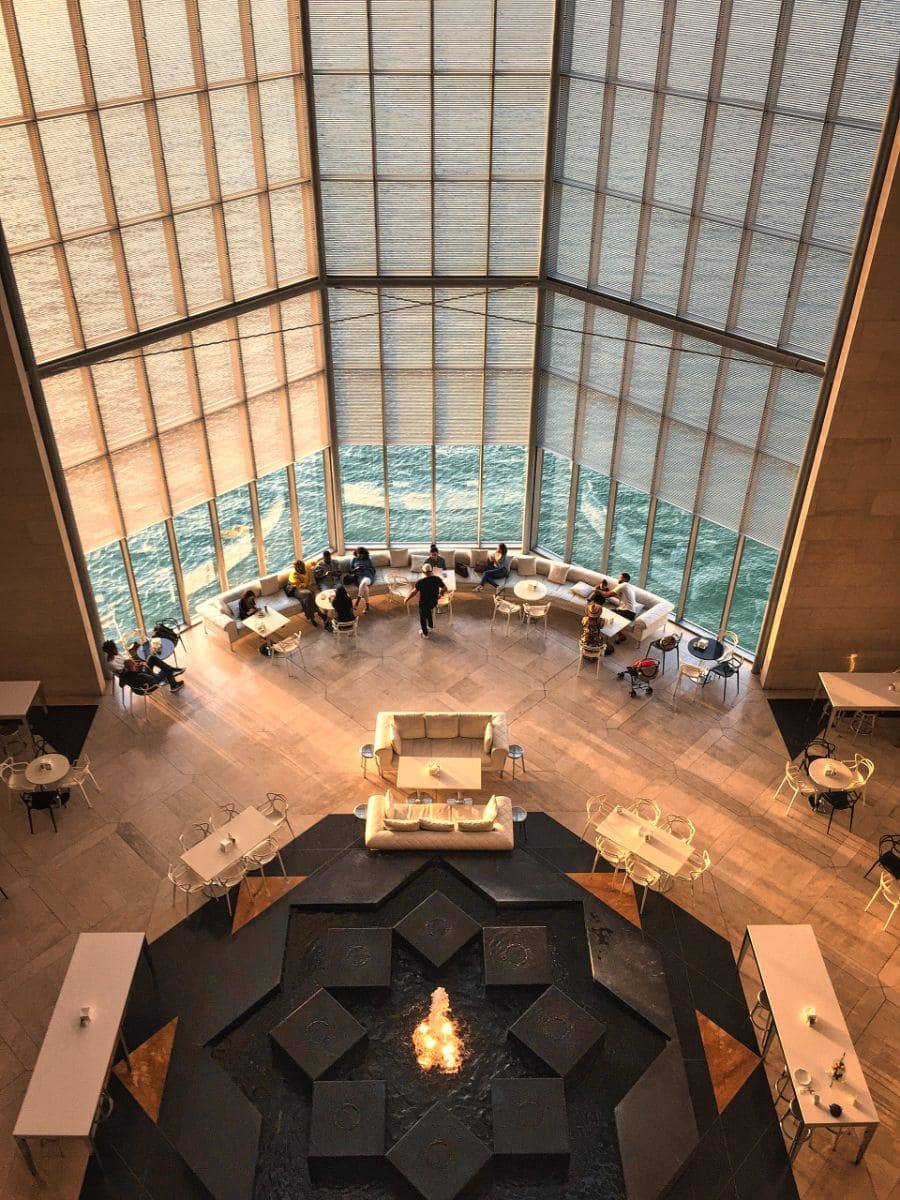
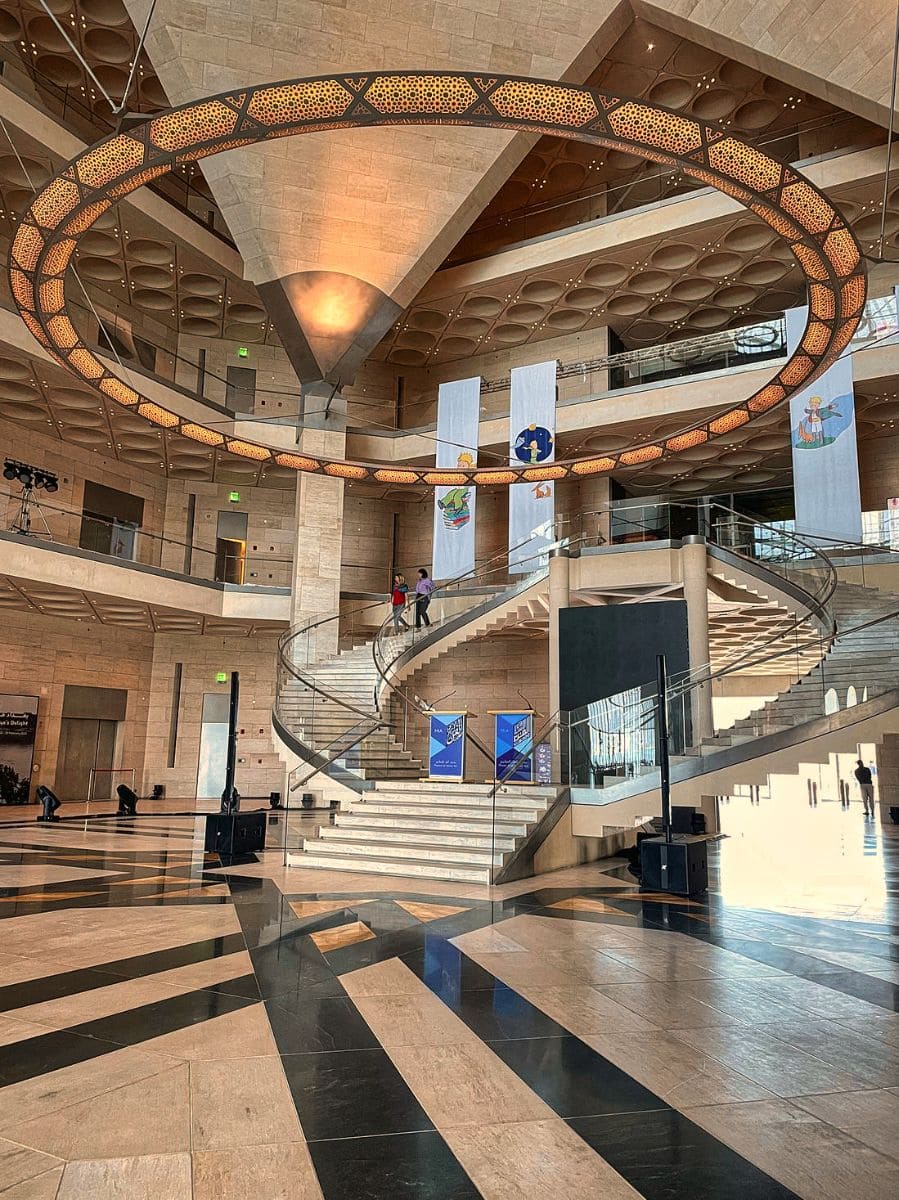
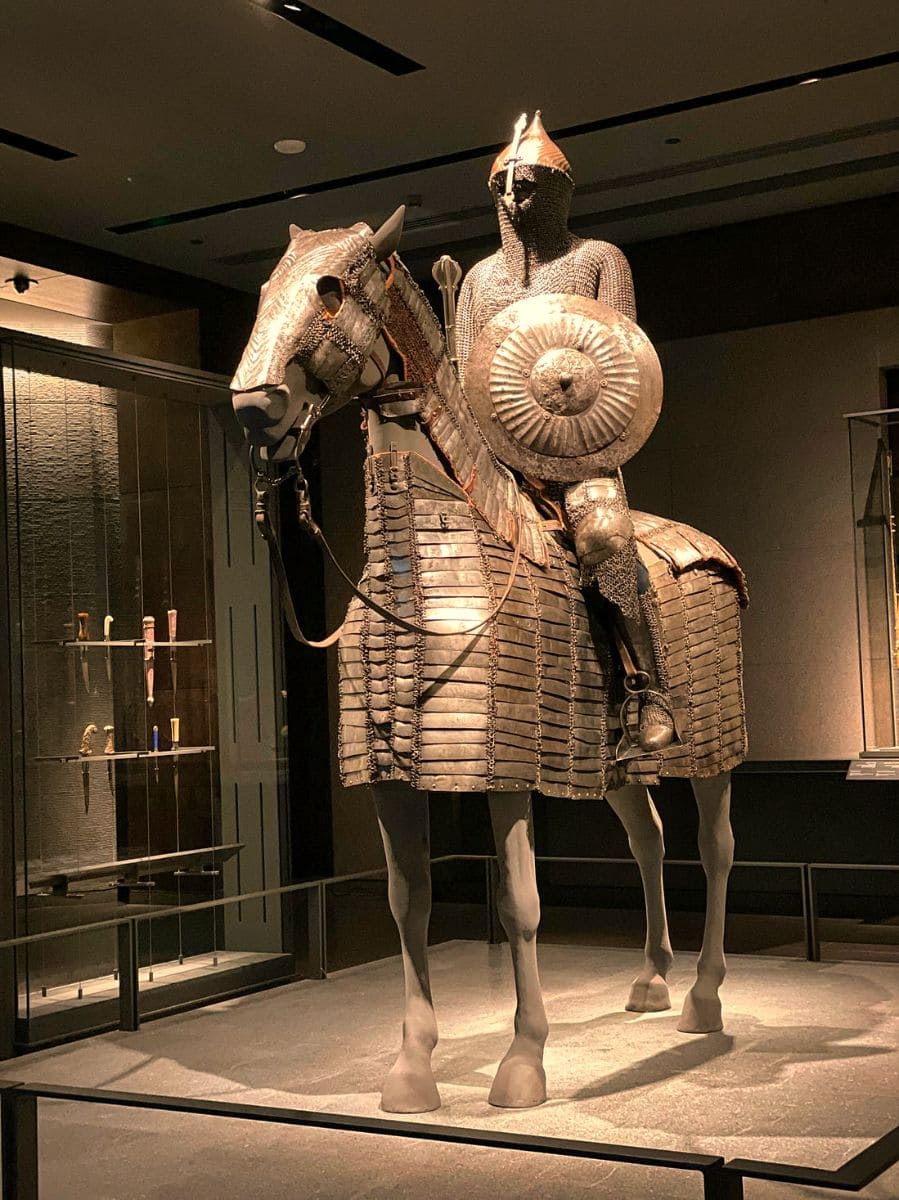

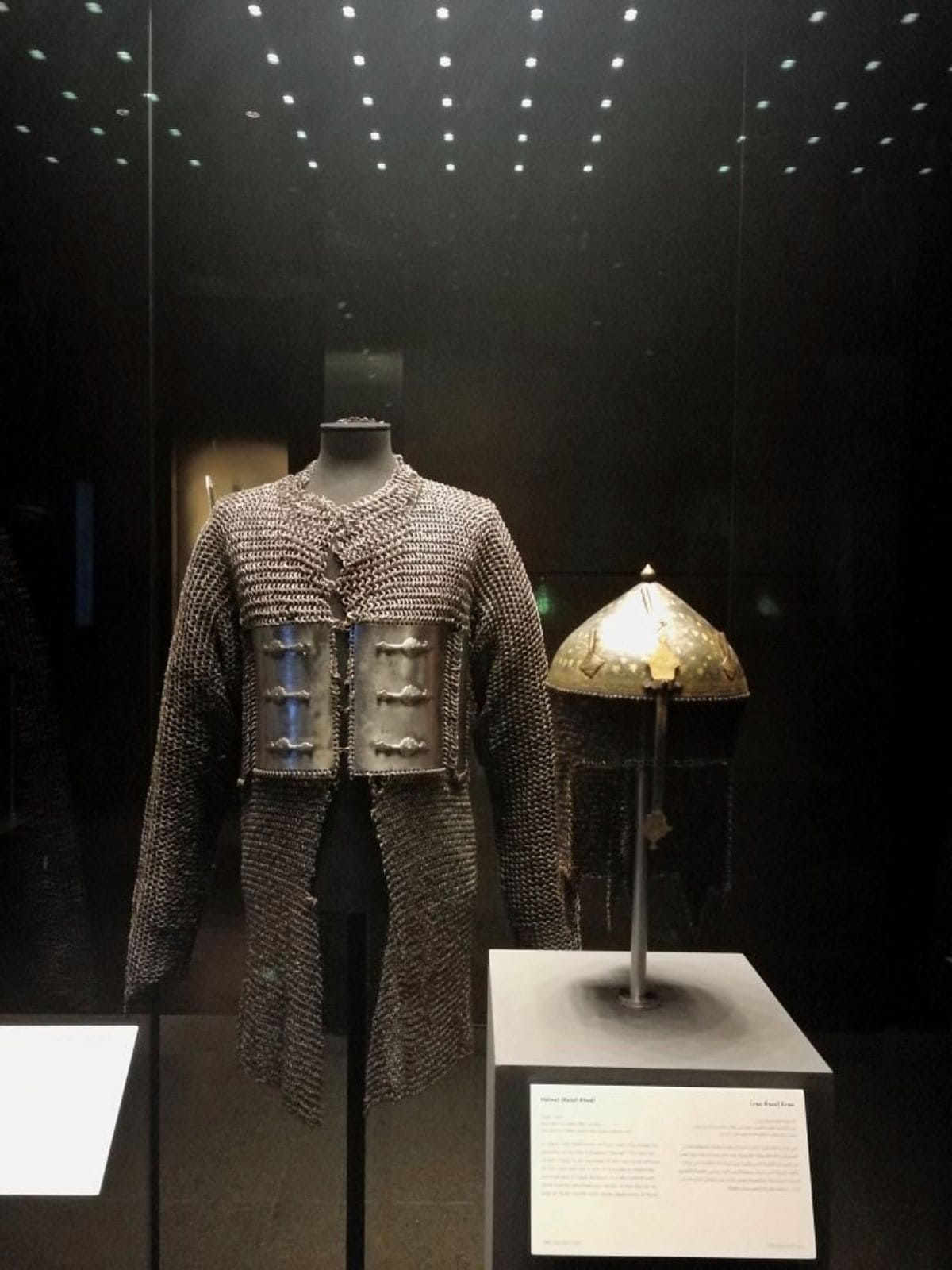
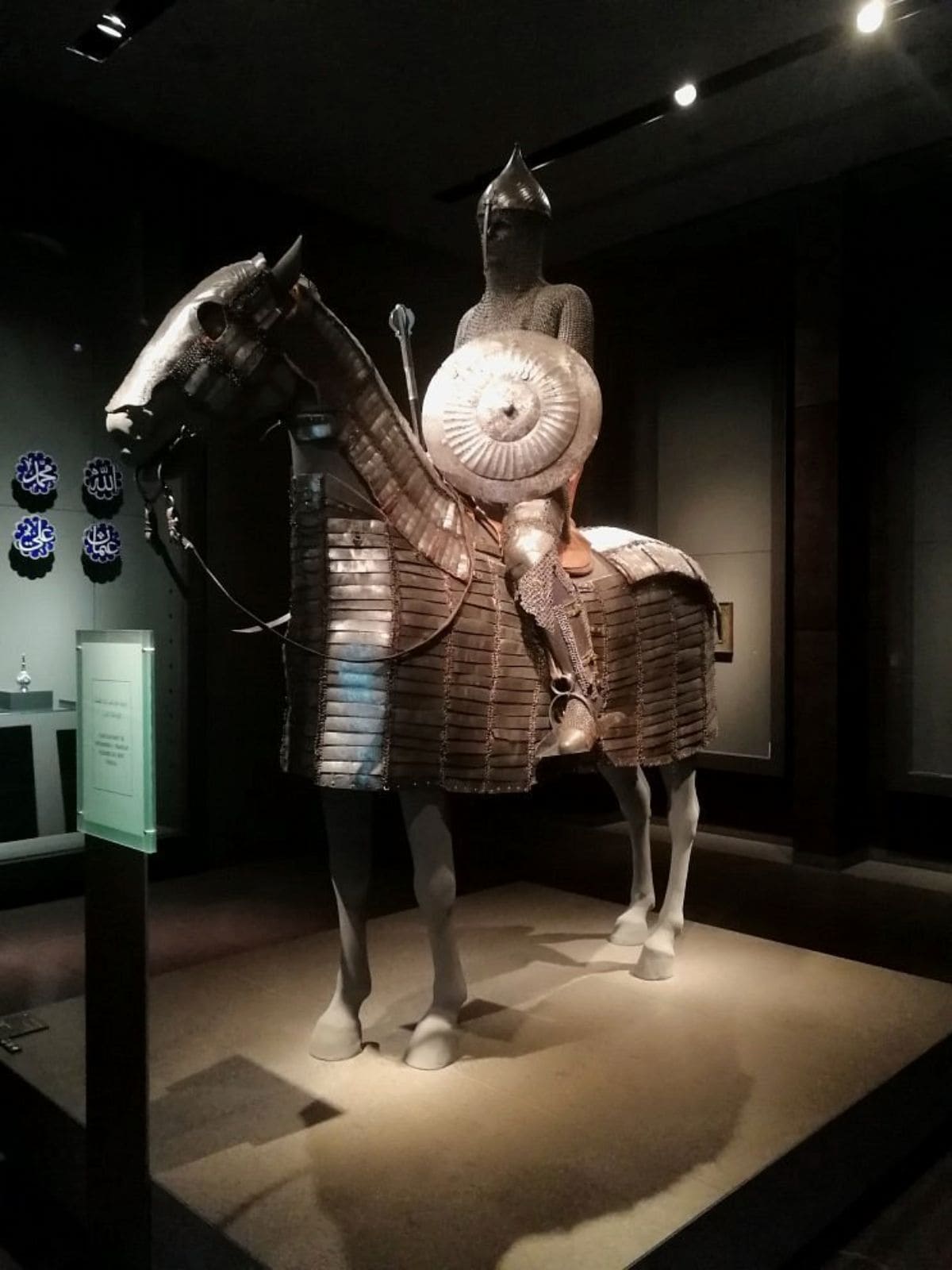
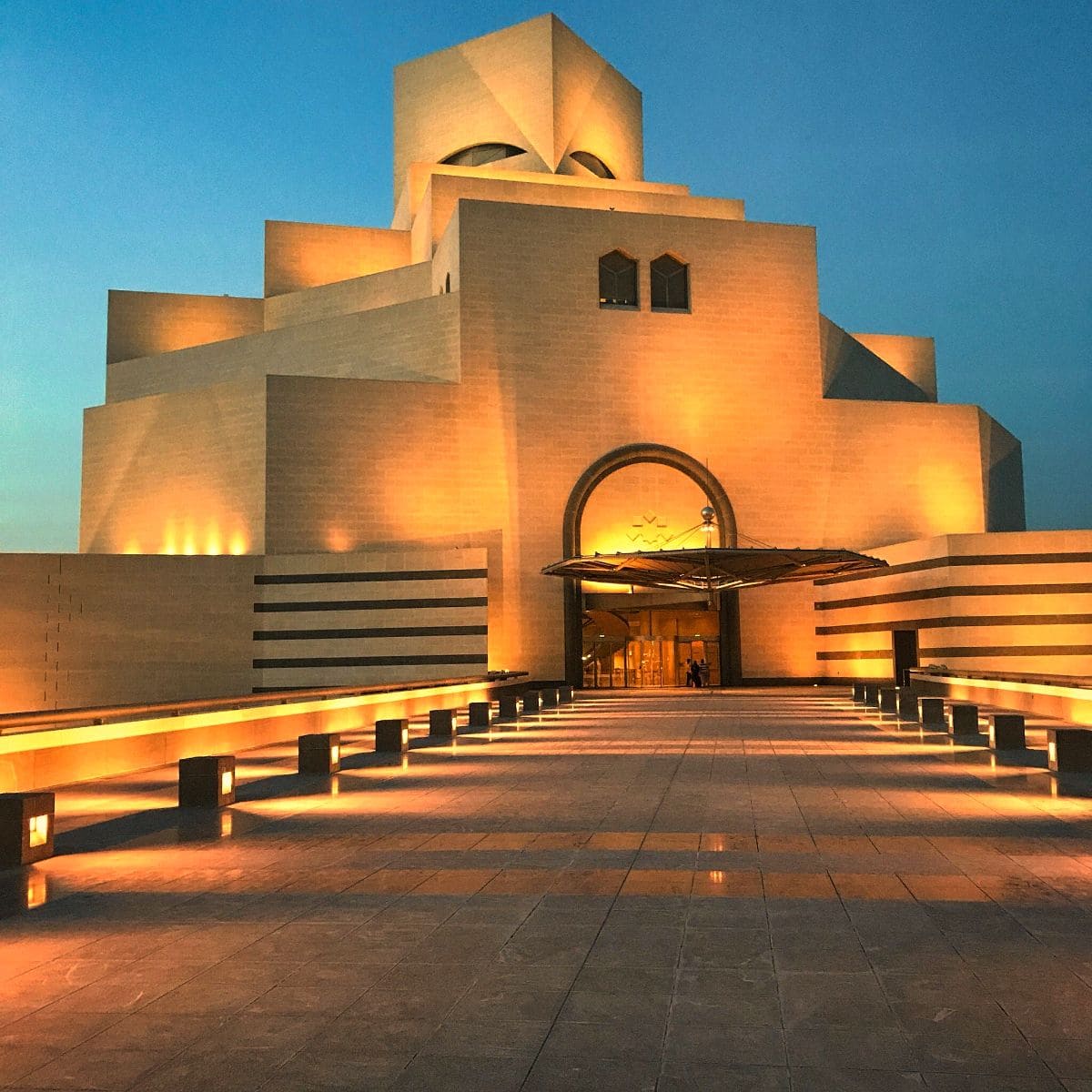















Add Review